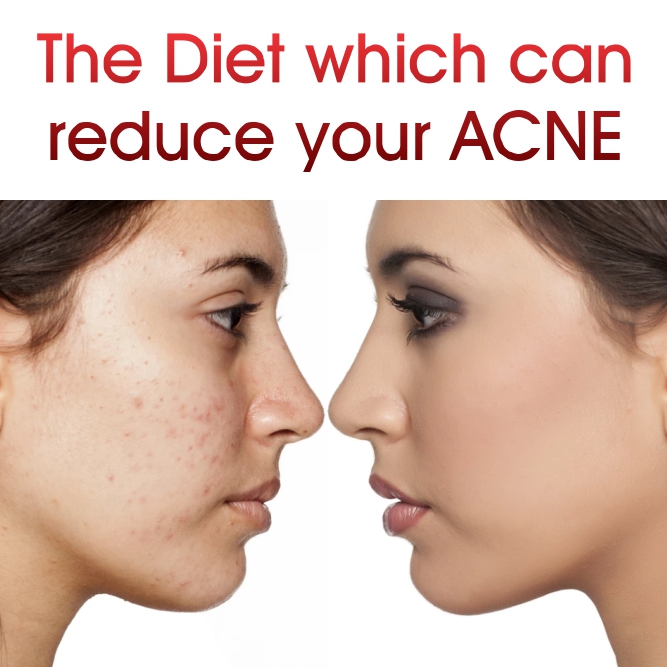The Diet which can Reduce your Acne Leave a comment
The Diet which can reduce your Acne
If you are struggling with the Acne several diet regimen are suggested by the different means are they really work out. Here is the explanation do certain kinds of food like fried greasy food, chocolates, Ice creams or other dairy foods really trigger the Acne Breakouts.
Are your diet leading the Break Out?
During puberty, the body produces more of a hormone called insulin-like growth factor 1 (IGF-1) Some studies suggest that IGF-1 may increase the production of sebum and worsen symptoms of acne.
Certain foods can also raise IGF-1 levels. Avoiding these foods may help improve symptoms of acne and help prevent breakouts.
Research has also shown that people who eat a diet with a high glycemic load (that is, foods high in sugar or simple carbohydrates that cause rapid spikes and drops in blood sugar) seem to develop acne in greater ratios than people who consume a diet with a low glycemic load. The theory is that the sharp, sudden increase in blood sugar causes body-wide flare-ups that can lead to acne breakouts.
Dairy products include milk, cheese, ice cream, and yogurt. Some people with acne may benefit from avoiding these foods.
However, the American Academy of Dermatology (AAD) suggests that avoiding foods with high GIs may be more helpful than avoiding dairy products.
Eating chocolate may also worsen symptoms of acne. This effect is likely the result of chocolate’s high sugar contents. However, results of a small study suggested that unsweetened chocolate containing 100 percent cocoa may also worsen symptoms in young men with a history of acne.
Are There Any Anti-Acne Foods?
Recent research shows diet may play a role in the development of acne. Some evidence suggests that a person can reduce or prevent acne breakouts by consuming more omega-3 fatty acids, Anti-oxidants, fewer dairy products, and fewer foods with a high glycemic index.
References for this information:
Iranian Journal of Public Health, March 2017, pages 428–430
Journal of the European Academy of Dermatology and Venereology, July 2016, pages 530–535
Advances in Dermatology and Allergology, December 2016, pages 416–420; and April 2016, pages 81–86
Acta Dermato-Venereologica, February 2016, pages 283–284
Journal of Investigative Dermatology, January 2002, pages 164–171





